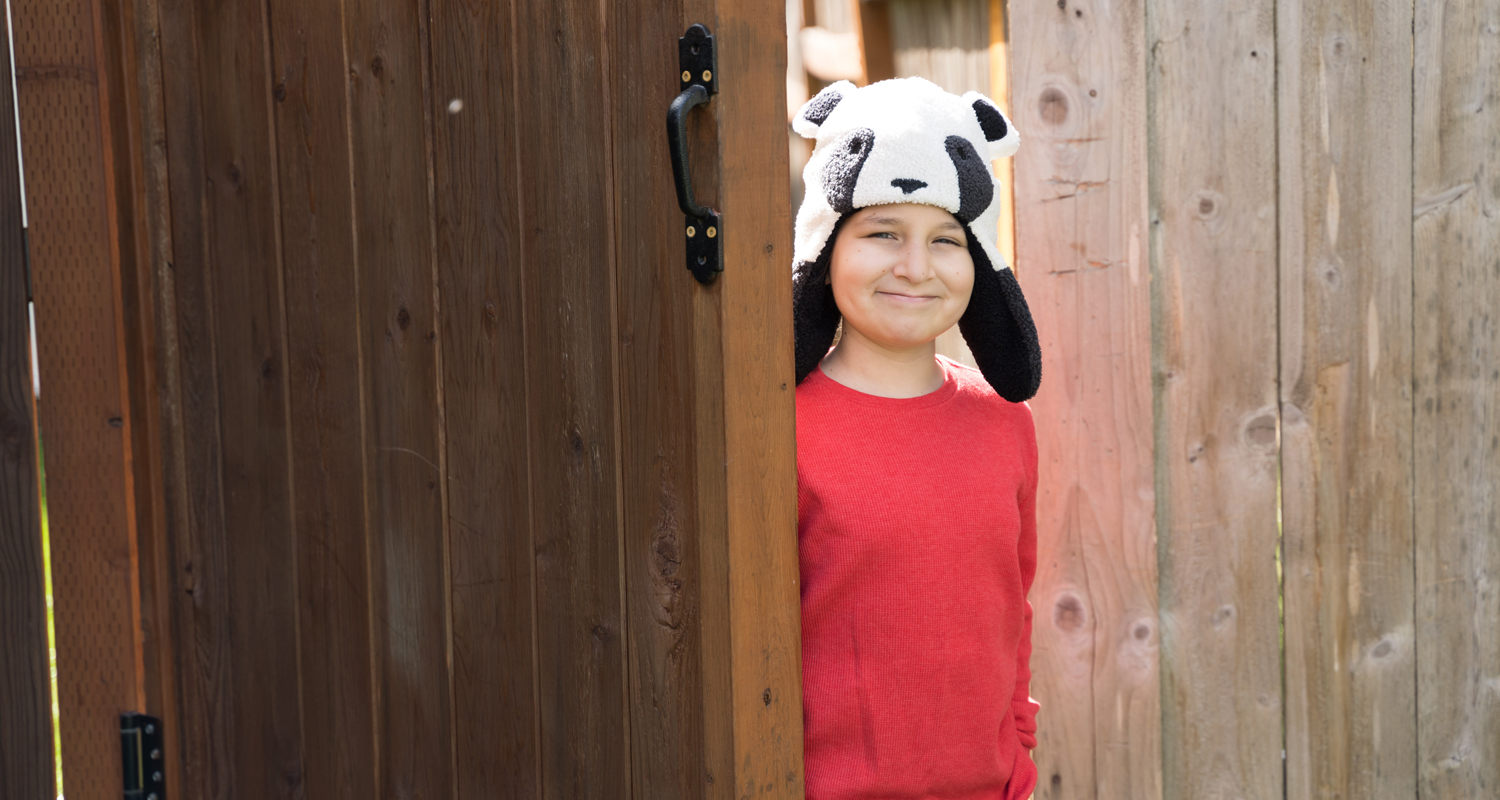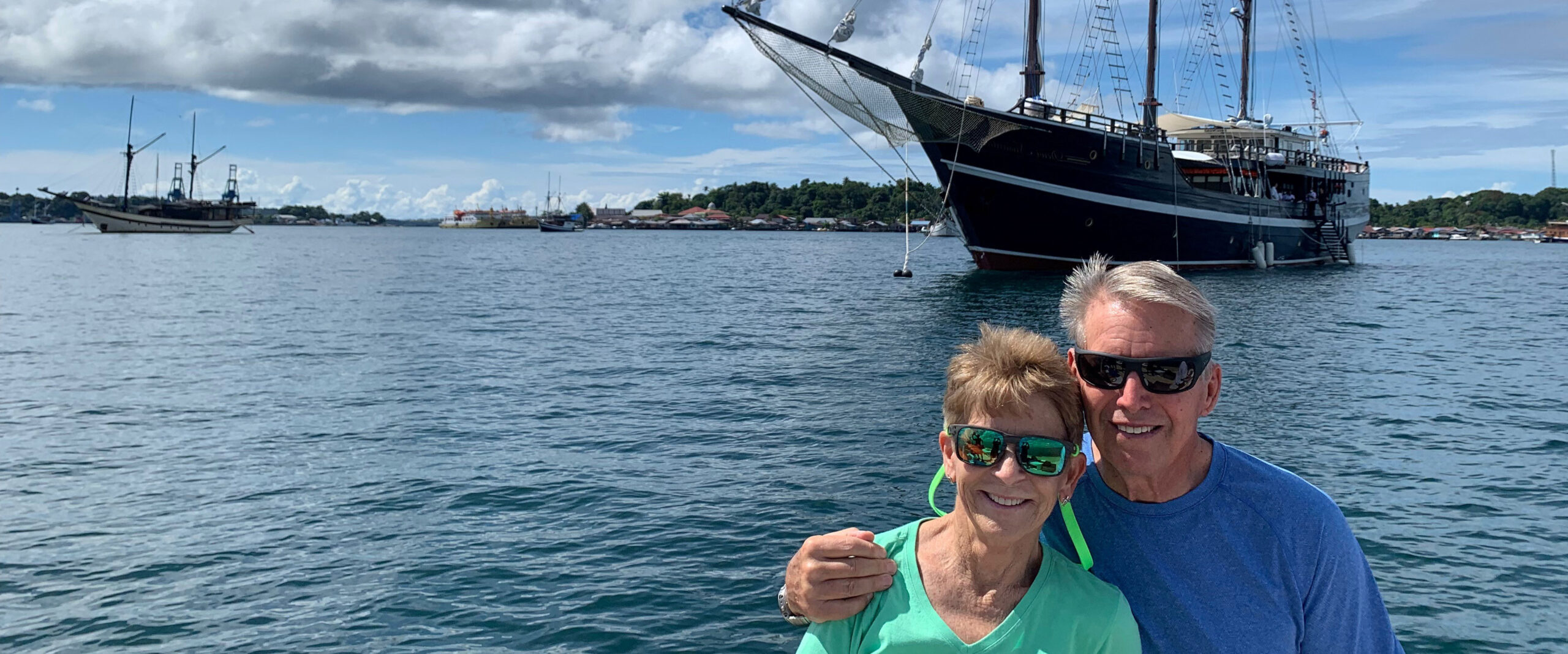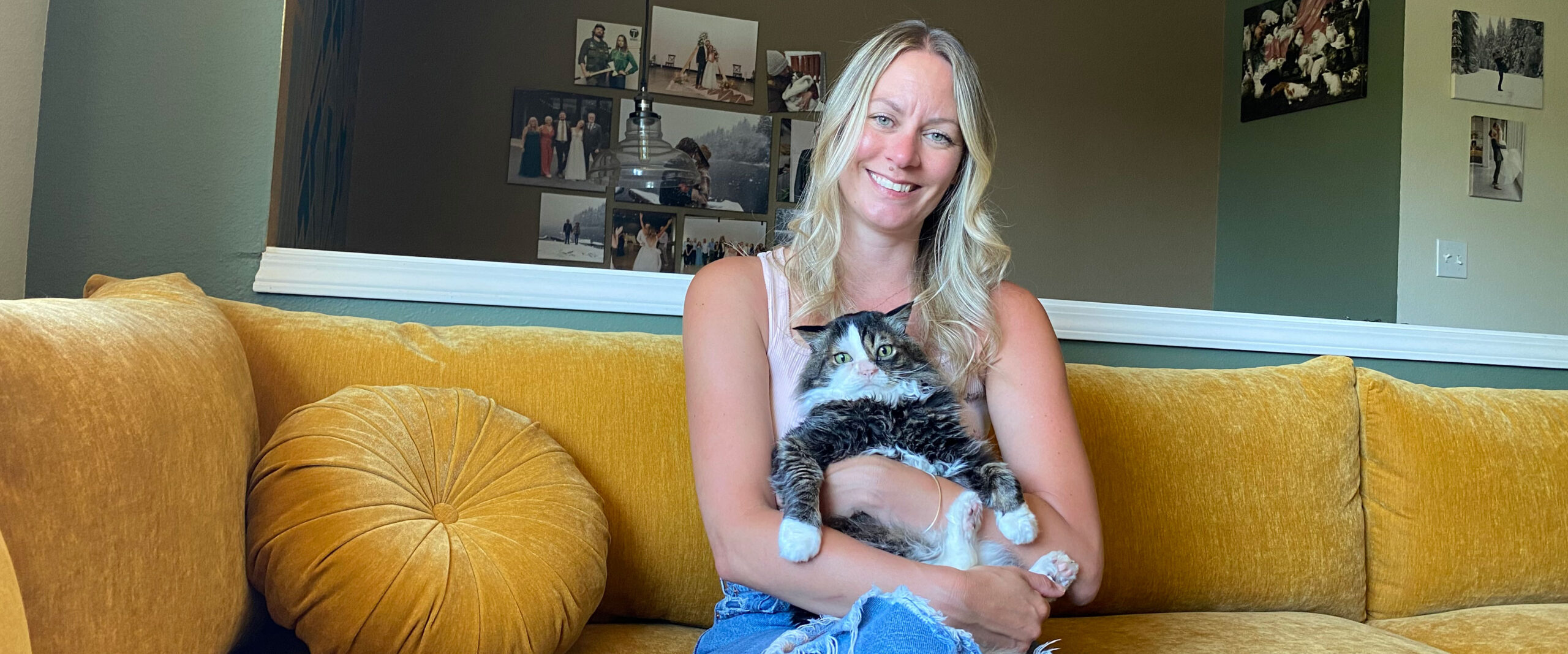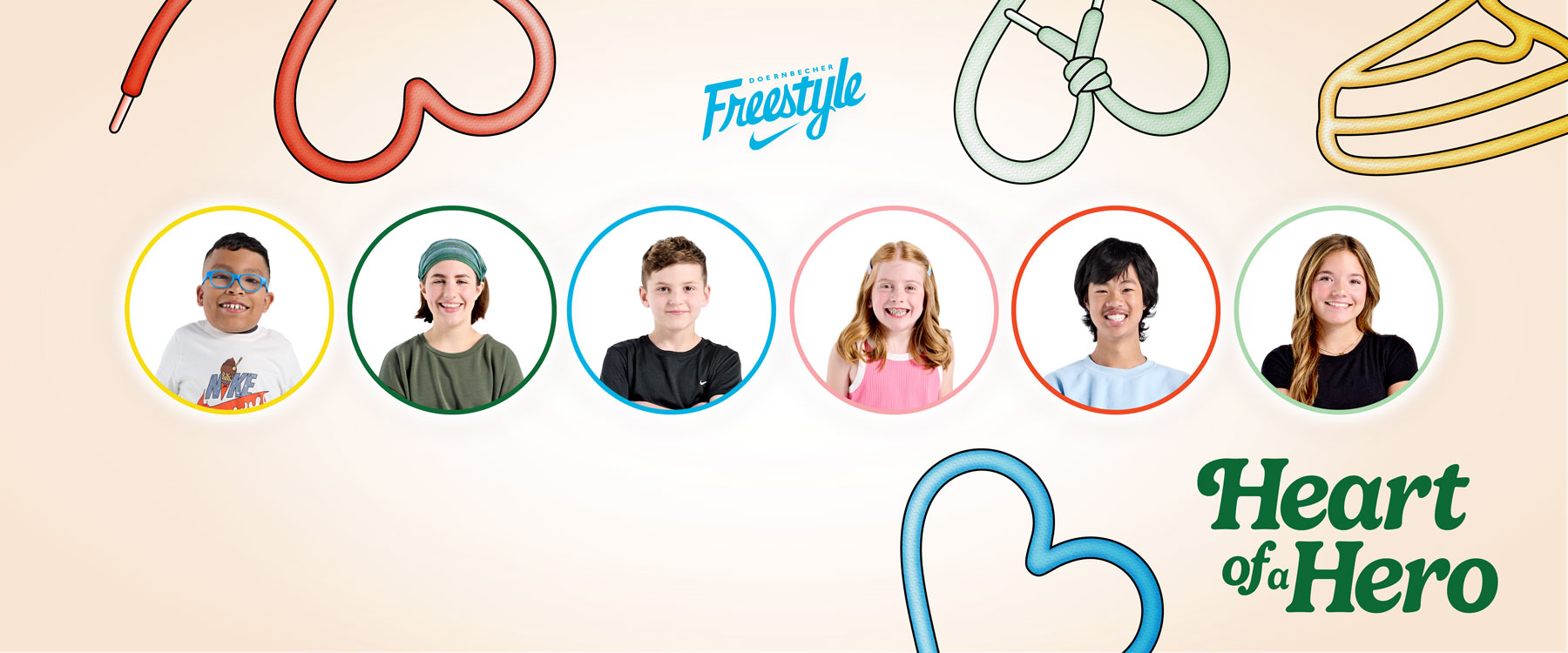At first, Christina Kay thought her four-year-old son, Andrew, was stumbling because his new shoes were too big.
But when she picked him up after preschool, he was still unsteady.
Then he started falling down.
She brought him to the local emergency room, where they ran tests including a CT scan of Andrew’s brain. An hour later, the ER doctor sat Christina down and gave her news so unexpected she didn’t know how to react: Andrew had a brain tumor. An ambulance was on the way to take him to OHSU Doernbecher Children’s Hospital, an hour away from their home in Carlton, Oregon.
“I didn’t believe the ER doctor,” Christina said. “I thought he was joking at first.”
Immediate action
In an afternoon, life as they knew it had totally changed. By the time the family arrived at Doernbecher, Andrew was showing more symptoms. The stumble increased. He drooled. A biopsy confirmed that a large, malignant tumor in the pons area of Andrew’s brainstem. The pons helps control many of the body’s functions, such as balance, sleep, swallowing and hearing.
“They didn’t know how long he had. But I knew I couldn’t lose him,” Christina said.
From that moment forward, Andrew’s family and his care team would calibrate the risks and benefits of the aggressive treatment needed to save his life. It was going to get worse before it got better.
Doing the rounds
Over the next year, Andrew underwent six rounds of high-dose chemotherapy. The second round, Christina said, landed him in the pediatric intensive care unit (PICU). At one point, he developed mouth sores so intense that he needed a feeding tube.
After each round of chemotherapy, Andrew spent about 2-3 weeks at Doernbecher. A common side effect of chemotherapy for this type of cancer is permanent hearing loss; Andrew now wears a hearing aid in each ear.
As hard as it was on Andrew and his family, they had lots of support along the way.
“Doernbecher is completely different than any other hospital I have been to,” said Christina. “It isn’t about just the patient — it’s about the family. They want you involved. And how many hospitals can you go to where kids are going through chemo and they are playing in the hallways, riding on bikes, and laughing?”
She recalls nurse practitioner Chris Conrady, who dresses up like Spongebob Squarepants for the kids, and registered nurse Lily Doebler, who is, Christina says, Andrew’s favorite person. “We were at a store and Andrew saw jewelry and asked if he could get Lily a ring. We settled on a ring pop,” she laughed.
“It isn’t about just the patient — it’s about the family. They want you involved. And how many hospitals can you go to where kids are going through chemo and they are playing in the hallways, riding on bikes, and laughing?”
When Andrew first began chemotherapy, radiation was an option his Doernbecher care team had “in their back pocket,” Christina explained. Regular MRI testing allowed the doctors to track the progress of the tumor; an MRI shortly after he completed all his chemotherapy showed the cancer had spread to other parts of his brain and spine. His journey wasn’t over, and he would need radiation to survive.
“You get anxious every time your kid goes in for a scan: ‘scan-xiety,’ they call it. I knew how long his MRIs took. So I would time them. One time he went in for a scan and they called me early. That’s how I knew something was wrong. That’s when we found out it was in his spine, too,” she said.
At an age when most kids are starting kindergarten, Andrew underwent 35 radiation treatments, one per day, on his brain and spine.
By the time his treatment was finished a year after his diagnosis, Andrew had also taken chemotherapy pills and undergone a bone marrow transplant, using his own bone marrow.
“All the treatments he had to go through were hard on us,” Christina added. “But he’s still here. And he’s doing great.”
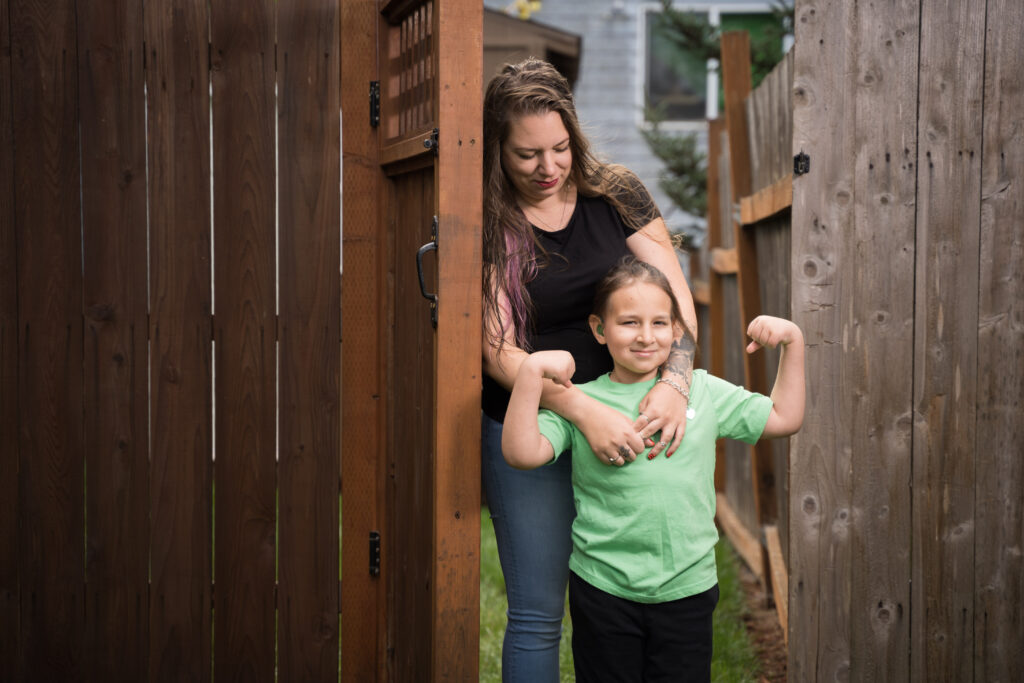
Now nine years old, Andrew is a fourth-grader who loves video games and is constantly laughing and smiling with his little sister. He’s amassed an amazing collection of stuffed animals from all his visits to Doernbecher. And he goes back there every four months for follow-up appointments and scans.
Andrew has long since shed his initial fear of the hospital. “In the beginning, he’d fight me. I had to give him anxiety medication and not tell him where we were going,” Christina said. “But he ended up liking it. Now he wants to go and stay the night at Doernbecher, even when we don’t have to go! I think it was because of everyone there working with him who made it a good experience.”
Progress forward
“Doernbecher is like a second home,” Christina said. Andrew’s younger sister, Lily, was a year old when Andrew was diagnosed, and so she basically grew up there, Christina explained. She even took her first steps in Doernbecher’s hallways.
Her family’s experience has also inspired Christina to pursue a health care profession of her own. She’s started taking classes to prepare for nursing school. After all that’s happened, she explained, she wants to be able to work with other kids like Andrew.
She believes that anything someone can do for Doernbecher is a big help — no matter the gift’s size.
“Even a little stuffed animal could be someone’s best friend for the rest of their life,” she said.
